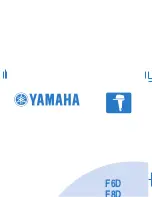Reviews:
No comments
Related manuals for Altos 1100 Series

F6D
Brand: Yamaha Pages: 87

TB-CDP-RX-03AS
Brand: CIRCUIT DESIGN Pages: 9

EZ-USB HX2LP CY4605
Brand: Cypress Pages: 2

NF792 Series
Brand: JETWAY Pages: 44
TSW3070EVM
Brand: National Semiconductor Pages: 32

MS-6191 Micro ATX IR2
Brand: MSI Pages: 86

970 Extreme3 R2.0
Brand: ASROCK Pages: 70

TMP112EVM
Brand: Texas Instruments Pages: 25

BC67Q
Brand: BCM Pages: 5

Avnet Ultra96-PYNQ
Brand: Xilinx Pages: 19

tps61040EVM-002
Brand: Texas Instruments Pages: 31

TB360-BTC PRO 2.0
Brand: Biostar Pages: 59

EVK-ANNA-B4
Brand: Ublox Pages: 42

S450R2A
Brand: JETWAY Pages: 48

BCM943362WCD2
Brand: Infineon Pages: 11

SUPER 370SBA
Brand: Supero Pages: 92

Lora Mote
Brand: Semtech Pages: 16

ROCK960
Brand: 96Boards Pages: 22

















